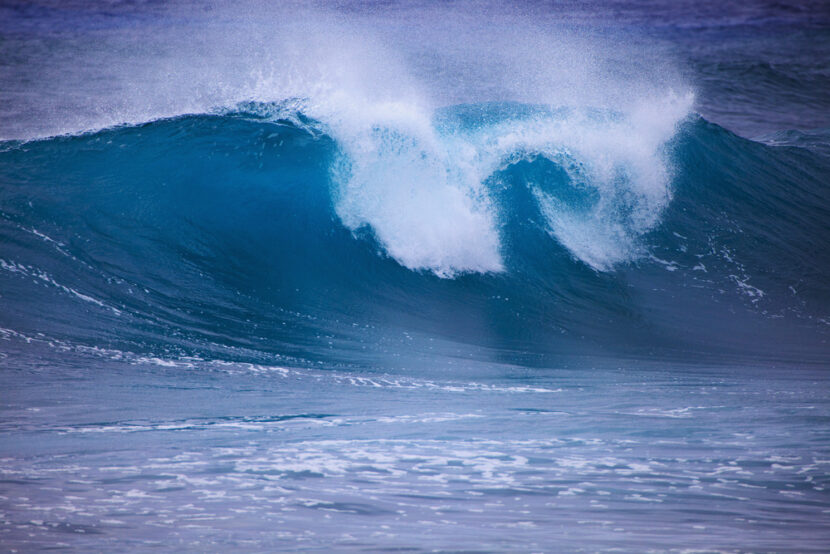ELEUTHERA, Bahamas — Hurricane Joaquin ripped off roofs, uprooted trees and unleashed heavy flooding as the Category 4 storm dumped torrential rains across the eastern and central Bahamas on Friday. Forecasters shifted its likely path farther away from the U.S. East Coast.
Some people remained trapped in flooded homes, but no fatalities or injuries have been reported so far, according to Capt. Stephen Russell, the director of the Bahamas National Emergency Management Agency. He told reporters that officials lost communication with a couple of islands overnight and said power was knocked out in some areas.
Officials asked Bahamians to stay on alert as the slow-moving storm roared through the island chain, where schools, businesses and government offices were closed.
Streets were largely deserted as people remained hunkered down on the island of Eleuthera, which was bracing for heavy winds later Friday. Some people were still making last-minute preparations, including Alexander Johnson, 61, who was moving his fishing boat with his brother, Solomon.
“It looks like it’s going to make a turn to the north, so we won’t get it in full,” Johnson said. “That’s good for us, because we’ve seen some rough ones come through here.”
Security guard Patrick Bethel said he was thankful there had been no reported casualties and wasn’t too worried about what the day would bring: “We just have to see what God will do. God controls the storm.”
Joaquin had maximum sustained winds of 130 mph (215 kph), the U.S. National Hurricane Center in Miami said. As of 8 a.m. EDT Friday, the storm was located about 30 miles (50 kilometres) north-northeast of Long Island and was moving northwest near 3 mph (6 kph). Hurricane force winds extended outward up to 50 miles (85 kilometres) and a hurricane watch was in effect for Bimini and Andros Island.
The storm was expected to turn north later Friday as it moves away from the Bahamas overnight, with some weakening expected on Saturday. The National Hurricane Center had the storm tracking farther away from the U.S. East Coast than originally predicted, seeming to ease the threat for a region already suffering flooding and heavy rains from other storms.
Rick Knabb, director of the National Hurricane Center, said Joaquin is expected to pass well offshore from the eastern seaboard.
“We no longer have any models forecasting the hurricane to come into the East Coast,” he said. “But we are still going to have some bad weather.”
In addition, the entire East Coast will experience dangerous surf and rip currents through the weekend, he said.
“Joaquin is going to generate a lot of wave energy,” Knabb said, adding that Bermuda might issue a tropical storm or hurricane watch, depending on Joaquin’s path.
The hurricane has been battering islands including San Salvador, Cat Island and Rum Cay and unleashed severe flooding on others, including Acklins, where some of the roughly 565 residents were trapped in their homes. Officials also were investigating reports that eight to 10 people were caught by the storm on the normally uninhabited Samana Cays.
The Hurricane Center said parts of the Bahamas could see storm surge raising sea levels 6 to 12 feet (as much as 4 metres) above normal, with 12 to 18 inches (31 to 46 centimetrescentimetres) of rain falling in the central Bahamas.
Authorities in the nearby Turks & Caicos Islands closed all airports, schools and government offices.
The Cuban government issued a tropical storm warning for the provinces of Camaguey, Los Tunas, Holguin, and Guantanamo.
